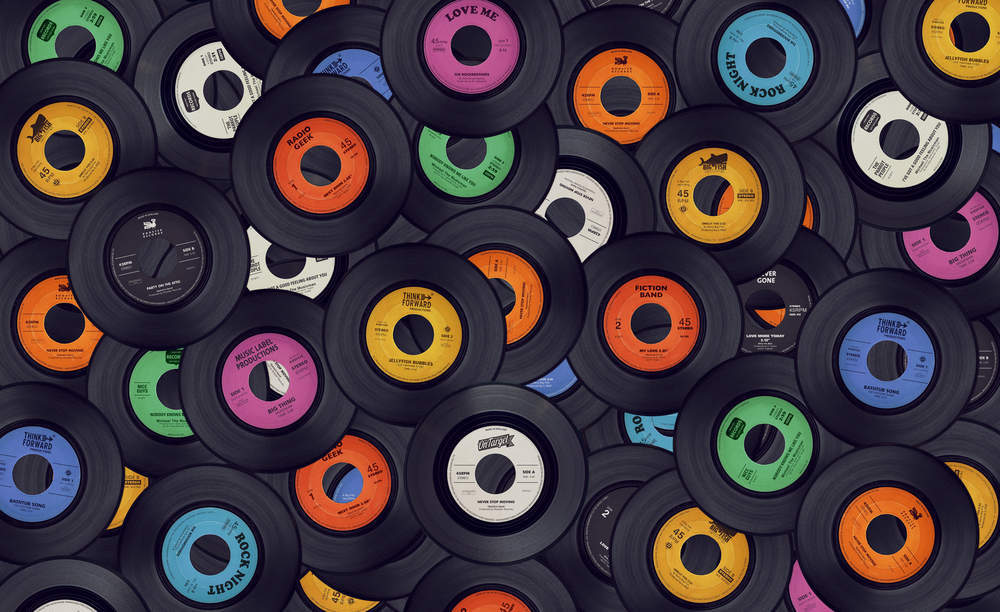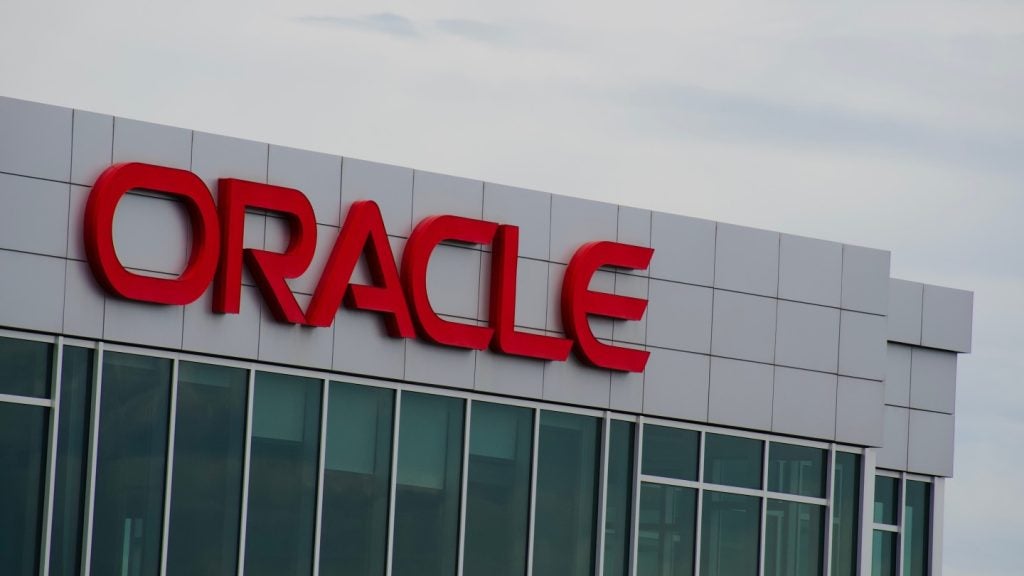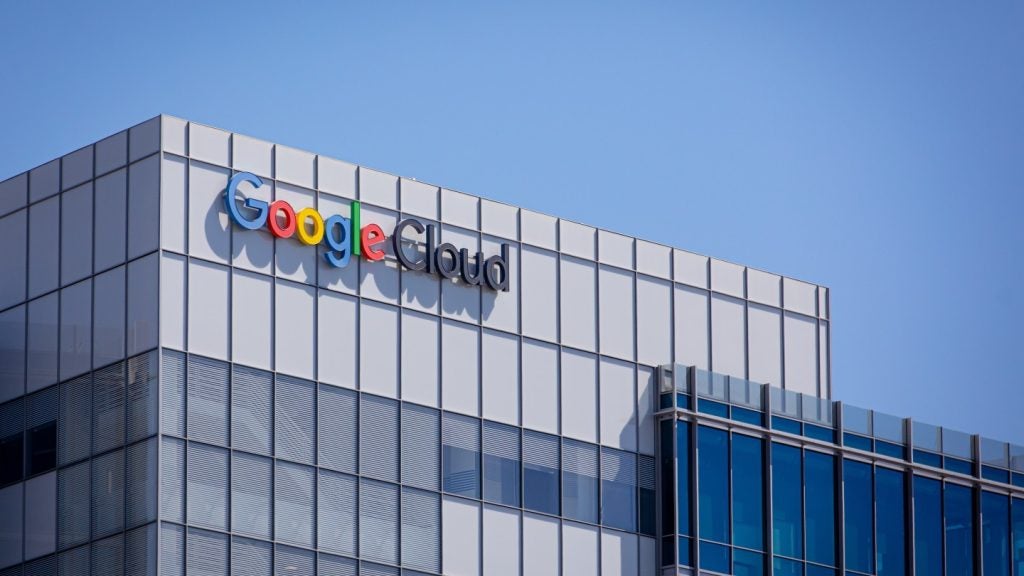Vinyl sales have made a notable comeback over the past few years, and there’s a clear reason why.
Making a success out of nostalgia, the vinyl revival shows how a tangible and authentic experience can attract people away from the digital world.
Vinyl sales increased by 52 percent in 2016 — though didn’t surpass music downloads — according to the British Phonographic Industry (BPI).
HMV, the UK’s largest vinyl merchant, predicts that the sale of vinyl in 2017 will be the largest since the late 1980’s, with their album sales up 31 percent.
This is impressive given the exponential growth in online music streaming. Music manager John Hurst believes this is possible “as people use streaming as a discovery tool alongside wanting to browse and collect physical music formats”.
Most pressed albums cost more than a monthly subscription to online streaming services, so why is a more expensive and limiting option on the rise, given streaming or downloading the music digitally is cheaper and easier?
How well do you really know your competitors?
Access the most comprehensive Company Profiles on the market, powered by GlobalData. Save hours of research. Gain competitive edge.

Thank you!
Your download email will arrive shortly
Not ready to buy yet? Download a free sample
We are confident about the unique quality of our Company Profiles. However, we want you to make the most beneficial decision for your business, so we offer a free sample that you can download by submitting the below form
By GlobalDataStriving for identity
In 2016 50 percent of vinyl sales were those under the age of 35, according to the Economist.
The growth in sales is down to seeing vinyl as a collectable package. It is not just the music that is being purchased, but the record, the artwork and design also included.
Vinyl is seen as a pure, authentic way of purchasing music, with better sound quality than digital downloads, going against the grain of mp3.
This means there are plenty of ways to differentiate what is being sold.
People are finding it easier to see digital music as disposable, given there is such open access to cheap or free music. To balance this they opt for a much more tangible, self-defining method of music collecting.
Buying the physical copy of an album is a statement of expression, which broadcasts who they are.
The nostalgia trend has given vinyl momentum, where the largest selling album of 2017, Sgt Pepper’s Lonely Hearts Club Band by the Beatles, was released 50 years ago.
People play with the idea of the better times in the past to influence their purchases, appealing to over a quarter (26 percent) of millennials globally who find retro packaging exciting, with a further 38 percent saying that it’s nice to have, according to a recent GlobalData survey.
With the high price, people feel like they are paying these artists what they deserve, compared to the likes of YouTube and Spotify — who pay artists very little per play.
Expanding into 2018
There is no sign that the sale of vinyl is going to slow down in 2018, given there has been sizeable growth year on year, while big music labels such as Sony are opening their own vinyl pressing plants.
People want products that show who they are, the key to the vinyl boom.
Millennials in particular are looking for a tangible package that they can own and collect, rather than a digital download.
Digital is so readily available, but this is not the only thing people want.
Both vinyl and online streaming are growing extensively, although streaming at a much larger rate.
Not everything is going digital: there is still potential for traditional products to succeed, but to fight against digital you have to provide a truly authentic experience.








Related Company Profiles
Sony Group Corp
Spotify AB